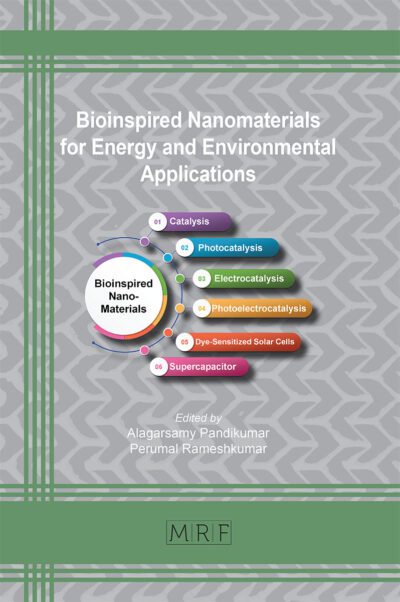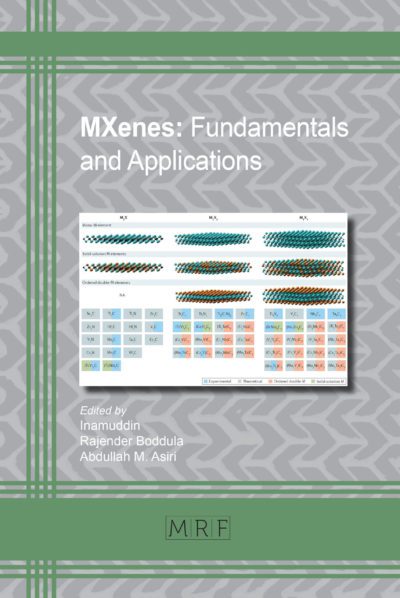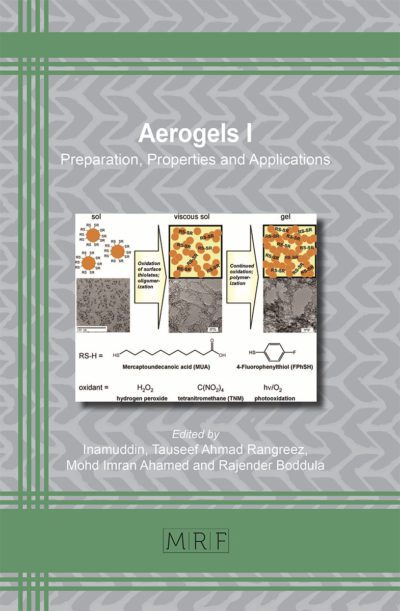Optimization of ethylene oxide production via hydrogen peroxide process route
ABID Salam Farooqi, CELESTINE Wong Yi Ni, RAIHAN Mahirah Binti Ramli, AMANI Hussein Sharaf Addin, AHMAD Salam Farooqi, BAWADI Abdullah
Abstract. This study investigates ethylene oxide (EO) production using a Titanium-Silicate (TS) catalyst in methanol, addressing the issue of excess hydrogen peroxide (H2O2). The objective of this study includes developing and validating a process model, evaluating key parameters, and proposing optimized conditions. Aspen HYSYS is used for modeling, and response surface (RSM) methods are applied for parameter analysis. The optimal conditions identified are a reactor temperature of 40˚C, pressure of 8.5 bar, and H2O2 concentration of 2.326 wt.%. Results show high alignment between predicted and modeled EO selectivity (0.06%). Future work could explore recycling streams and improve separation systems to enhance product purity and minimize waste.
Keywords
Catalysis, Carbon Dioxide, Aspen HYSYS, Optimization
Published online 4/25/2025, 8 pages
Copyright © 2025 by the author(s)
Published under license by Materials Research Forum LLC., Millersville PA, USA
Citation: ABID Salam Farooqi, CELESTINE Wong Yi Ni, RAIHAN Mahirah Binti Ramli, AMANI Hussein Sharaf Addin, AHMAD Salam Farooqi, BAWADI Abdullah, Optimization of ethylene oxide production via hydrogen peroxide process route, Materials Research Proceedings, Vol. 53, pp 279-286, 2025
DOI: https://doi.org/10.21741/9781644903575-27
The article was published as article 27 of the book Decarbonization Technology
![]() Content from this work may be used under the terms of the Creative Commons Attribution 3.0 license. Any further distribution of this work must maintain attribution to the author(s) and the title of the work, journal citation and DOI.
Content from this work may be used under the terms of the Creative Commons Attribution 3.0 license. Any further distribution of this work must maintain attribution to the author(s) and the title of the work, journal citation and DOI.
References
[1] V. Russo, R. Tesser, E. Santacesaria, and M. Di Serio, “Kinetics of propene oxide production via hydrogen peroxide with TS-1,” Ind. Eng. Chem. Res., vol. 53, no. 15, pp. 6274–6287, Apr. 2014. https://doi.org/10.1021/IE404271K/ASSET/IMAGES/IE-2013-04271K_M048.GIF
[2] “Ethylene oxide – American Chemical Society.” Accessed: Mar. 30, 2024. [Online]. Available: https://www.acs.org/molecule-of-the-week/archive/e/ethylene-oxide.html
[3] L. G. Pinaeva and A. S. Noskov, “Prospects for the Development of Ethylene Oxide Production Catalysts and Processes (Review),” Pet. Chem., vol. 60, no. 11, pp. 1191– 1206, Nov. 2020. https://doi.org/10.1134/S096554412011016X/METRICS
[4] A. V. Sulimov, S. M. Danov, A. V. Ovcharova, A. A. Ovcharov, and V. R. Flid, “Kinetics of propylene epoxidation with hydrogen peroxide catalyzed by extruded titanium silicalite in methanol,” Kinet. Catal., vol. 57, no. 4, pp. 466–473, Jul. 2016. https://doi.org/10.1134/S0023158416040121/METRICS
[5] M. Mubashir, M. Ahsan, I. Ahmad, and M. Nouman Aslam Khan, “Process modeling and simulation of ethylene oxide production by implementing pinch and cost analysis,” Ain Shams Eng. J., vol. 13, no. 3, p. 101585, May 2022. https://doi.org/10.1016/J.ASEJ.2021.09.012.
[6] P. Zakkour, “Carbon Counts Report”, Accessed: Mar. 30, 2024. [Online]. Available: www.unido.org
[7] H. J. Lee, M. Ghanta, D. H. Busch, and B. Subramaniam, “Toward a CO2-free ethylene oxide process: Homogeneous ethylene oxide in gas-expanded liquids,” Chem. Eng. Sci., vol. 65, no. 1, pp. 128–134, Jan. 2010. https://doi.org/10.1016/J.CES.2009.02.008
[8] M. Ghanta, T. Ruddy, D. Fahey, D. Busch, and B. Subramaniam, “Is the liquid-phase H2O2-based ethylene oxide process more economical and greener than the gas-phase O2- based silver-catalyzed process?,” Ind. Eng. Chem. Res., vol. 52, no. 1, pp. 18–29, Jan. 2013. https://doi.org/10.1021/IE301601Y/SUPPL_FILE/IE301601Y_SI_001.PDF
[9] “Rhenium Price – Historical Prices – 2024 Forecast – How to Buy.” Accessed: Mar. 30, 2024. [Online]. Available: https://strategicmetalsinvest.com/rhenium-prices/
[10] H. Yao and D. E. Richardson, “Epoxidation of alkenes with bicarbonate-activated hydrogen peroxide [3],” J. Am. Chem. Soc., vol. 122, no. 13, pp. 3220–3221, Apr. 2000. https://doi.org/10.1021/JA993935S/ASSET/IMAGES/LARGE/JA993935SF1.JPEG
[11] M. Alvear et al., “Continuous Liquid-Phase Epoxidation of Ethylene with Hydrogen Peroxide on a Titanium-Silicate Catalyst,” Ind. Eng. Chem. Res., vol. 60, no. 26, pp. 9429–9436, Jul. 2021. https://doi.org/10.1021/ACS.IECR.1C01722/ASSET/IMAGES/LARGE/IE1C01722_0010.JPEG
[12] P. P. McClellan, “Manufacture and Uses of Ethylene Oxide and Ethylene Glycol,” Ind. Eng. Chem., vol. 42, no. 12, pp. 2402–2407, Dec. 2002. https://doi.org/10.1021/IE50492A013














